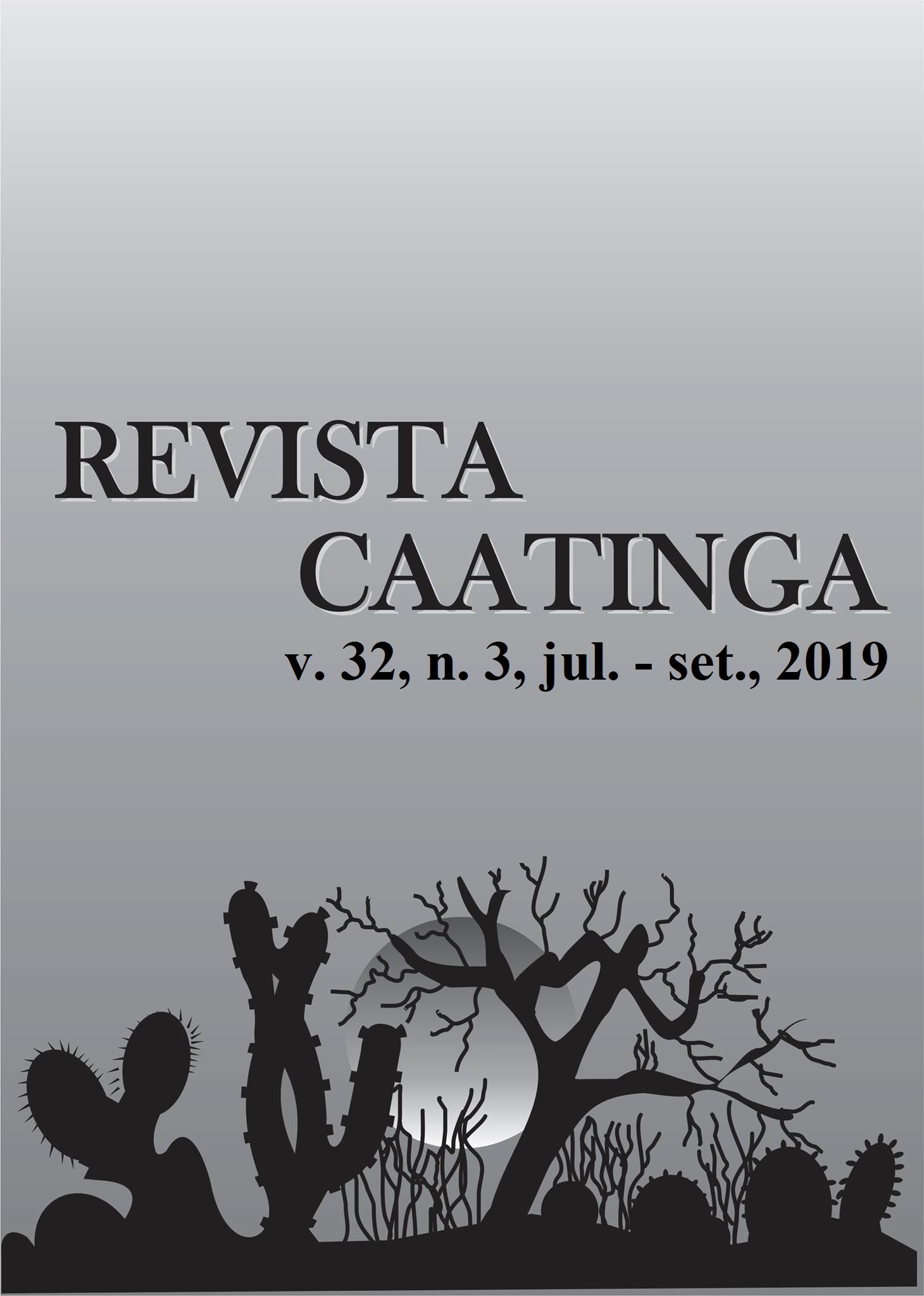SOLUBLE PROTEIN AS INDICATIVE OF PHYSIOLOGICAL QUALITY OF SOYBEAN SEEDS
DOI:
https://doi.org/10.1590/1983-21252019v32n317rcKeywords:
Glycine max. Vigor. Biochemistry composition.Abstract
After physiological maturity, the seed is physiologically independent of the plant, and responds to climatic variations that can decrease its vigor, which is dependent on the cultivar. The objective of this work was to evaluate the vigor of soybean cultivars and identify the biochemical components that have the greatest contribution to the maintenance of the physiological quality of the seeds after physiological maturity. The experiment was conducted in Fraiburgo, SC, Brazil, during the 2015/2016 crop season, using four soybean cultivars NA 5909 RG, BMX Ativa RR, BMX VanguardaIPRO, and NS 5959 IPRO. The seed physiological quality and the biochemical composition were evaluated at the phenological stages R7, R7+5 days, R7+10 days (R8), and R7+20 days. The data were subjected to analysis of variance (F test) and the means were compared by the Tukey's test (p<0.01). The seed biochemical composition and physiological quality were correlated using multivariate statistics. The germination of the seeds decreased 6% after physiological maturity up to R7+20 days. This decrease in vigor was dependent on the cultivar; NA 5909 RG decreased 3%, and BMX Ativa RR and NS 5959 IPRO decreased 7%. The biochemical components soluble protein, phytate, soluble sugar, and lipids decreased as a function of the harvest times, indicating the beginning of the process of seed quality loss. The maintenance of seed vigor after physiological maturity was dependent on the cultivar. The soluble protein content can be used as an indicator of the maintenance of physiological quality of soybean seeds after R7.
Downloads
Downloads
Published
Issue
Section
License
Os Autores que publicam na Revista Caatinga concordam com os seguintes termos:
a) Os Autores mantêm os direitos autorais e concedem à revista o direito de primeira publicação, com o trabalho simultaneamente licenciado sob a Licença Creative Commons do tipo atribuição CC-BY, para todo o conteúdo do periódico, exceto onde estiver identificado, que permite o compartilhamento do trabalho com reconhecimento da autoria e publicação inicial nesta revista, sem fins comerciais.
b) Os Autores têm autorização para distribuição não-exclusiva da versão do trabalho publicada nesta revista (ex.: publicar em repositório institucional ou como capítulo de livro), com reconhecimento de autoria e publicação inicial nesta revista.
c) Os Autores têm permissão e são estimulados a publicar e distribuir seu trabalho online (ex.: em repositórios institucionais ou na sua página pessoal) a qualquer ponto antes ou durante o processo editorial, já que isso pode gerar alterações produtivas, bem como aumentar o impacto e a citação do trabalho publicado (Veja O Efeito do Acesso Livre).







